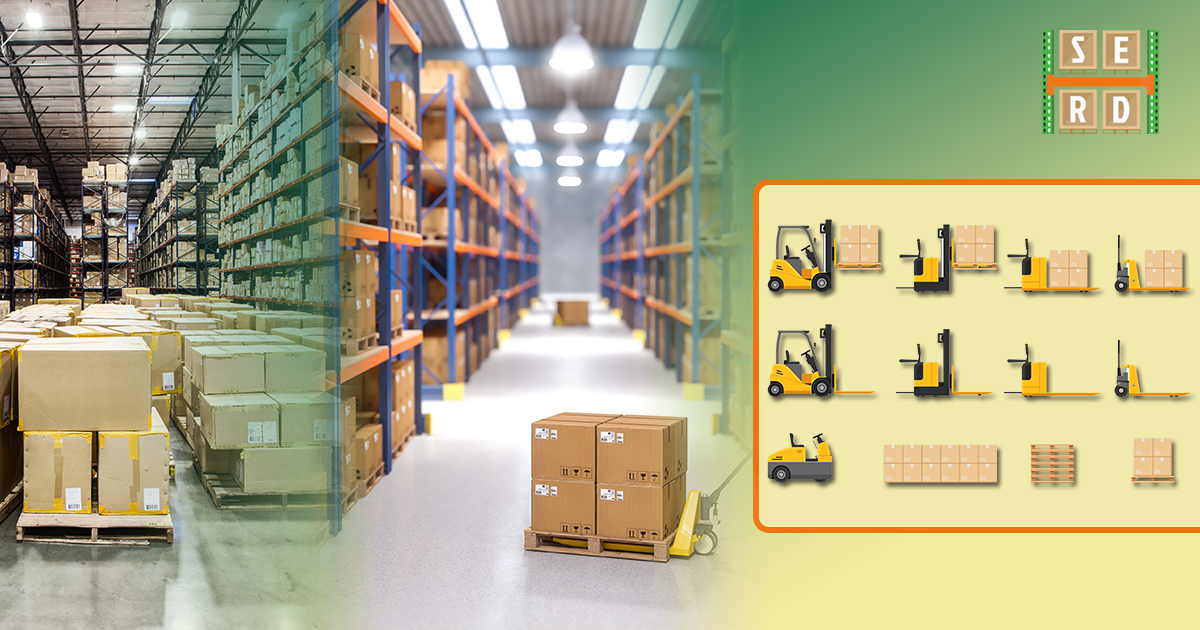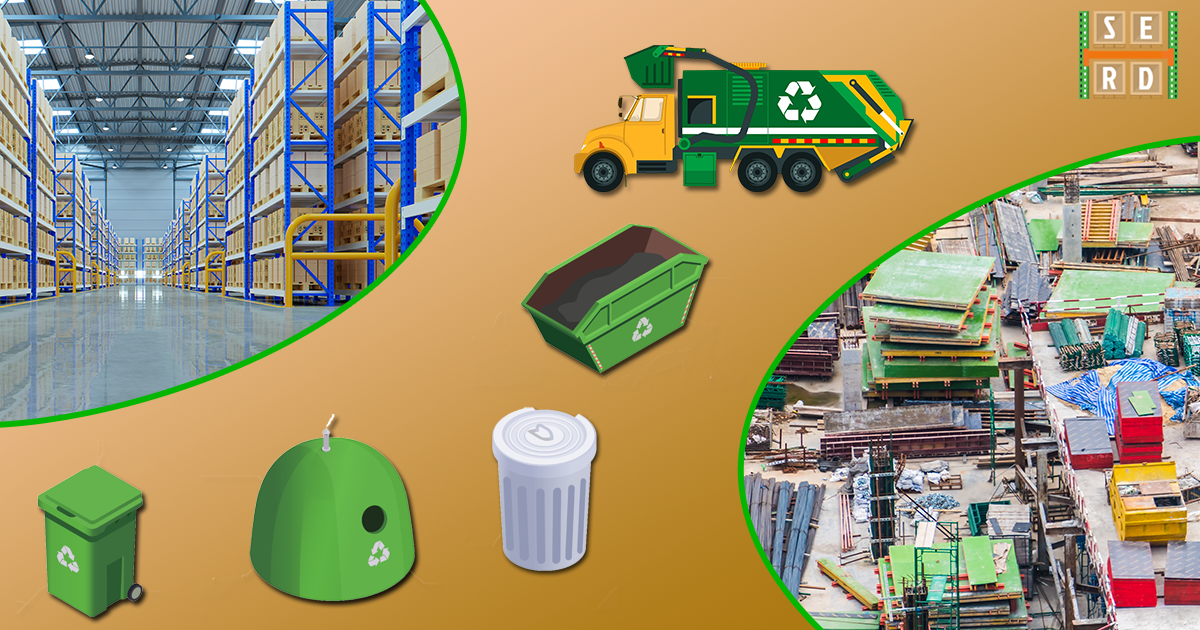


Sustainable Materials in Warehouse Construction.
Sustainable materials play a crucial role in warehouse construction and storage systems, contributing to environmental conservation, energy efficiency, and overall sustainability. Implementing green warehousing design and operations can lead to cost savings, regulatory compliance, and a positive corporate image. Sustainable materials in warehouse construction and storage systems can help businesses help the environment, save costs, and enhance operational efficiency. Here are some example of sustainable warehouse construction and storage systems:
- Recycled steel and aluminum: Using recycled steel and aluminum in the construction of warehouse structures can reduce the environmental impact associated with mining and processing raw materials. Recycled steel and aluminum are durable and have similar properties to their non-recycled counterparts.
- Energy-efficient insulation: Incorporating energy-efficient insulation materials in the building envelope can help regulate temperature and reduce the need for excessive heating or cooling, thus lowering energy consumption.
- Sustainable concrete alternatives: High-performance concrete with lower embodied carbon or alternatives such as fly ash or slag-based concrete can reduce the carbon footprint of warehouse construction. Precast concrete panels can be produced off-site, minimizing waste and improving construction efficiency.
- Bamboo and timber products: Bamboo is a rapidly renewable resource that can be used for flooring, pallets, and other warehouse applications. Another option for building and sustainable storage systems is timber that has been sustainably harvested and certified by groups like the Forest Stewardship Council (FSC).
- Recycled and recyclable packaging materials: Choosing packaging materials made from recycled content or materials that are easily recyclable can contribute to reducing waste in warehouse operations.
- Solar panels and renewable energy: Integrating solar panels on the roof or surrounding areas can help warehouses generate renewable energy, reducing their reliance on non-renewable sources. Implementing energy-efficient lighting systems and utilizing natural light through skylights or windows can further enhance sustainability.
- Rainwater harvesting systems: Collecting and using rainwater for non-potable purposes such as irrigation or cooling systems can help conserve water resources.
- Durable and modular storage systems: Invest in durable and long-lasting sustainable storage systems to minimize the need for frequent replacements, reducing the environmental impact. Modular storage systems allow for flexibility and scalability, adapting to changing storage requirements without major renovations.
- Green roofing: Installing green roofs with vegetation can improve insulation, reduce stormwater runoff, and provide additional environmental benefits.
- Waste management and recycling stations: Designing warehouses with dedicated areas for waste segregation and recycling promotes a circular economy, reducing the amount of waste sent to landfills.
Waste Reduction Strategies in Warehousing Operations.
Implementing waste reduction strategies in warehousing operations is essential for minimizing environmental impact, improving operational efficiency, and contributing to greener warehouses. Here are several strategies to reduce waste in warehouse operations:
- Inventory management: Implement just-in-time inventory practices to reduce excess stock and prevent reordering. Conduct regular inventory audits to identify slow-moving or obsolete stock and take appropriate actions, such as discounting, repurposing, or donating.
- Reusable packaging: Replace single-use packaging materials with reusable alternatives. Implement a closed-loop system for packaging, where materials are collected, cleaned, and reused within the warehouse.
- Waste audits: Conduct periodic waste audits to assess the types and quantities of waste generated. Use audit results to identify opportunities for waste reduction, recycling, or process improvements.
- Supplier engagement: Collaborate with suppliers to reduce packaging waste and explore options for receiving goods with minimal packaging. Encourage suppliers to adopt sustainable packaging practices and materials.
- Optimized packaging: Right-size packaging to minimize excess materials and void spaces. Consider using packaging materials made from recycled or sustainable materials.
- Energy-efficient equipment: Invest in energy-efficient warehouse equipment, such as lighting, conveyors, and forklifts, to reduce energy consumption and associated waste. Implement regular maintenance schedules to ensure equipment operates at peak efficiency.
- Continuous improvement: Establish a continuous improvement process to regularly evaluate and enhance waste reduction initiatives. Encourage feedback from employees to identify new opportunities for improvement.
Not Sure about what you need?
Contact a pro- Recent Posts
- Popular Posts
- Drive-In Pallet Rack Systems for Georgia Warehouses
- Heavy Duty Racks: Durable, High-Capacity Industrial Storage
- Warehouse Racking Solutions in Atlanta, GA That Boost Efficiency and Maximize Space
- Why Professional Warehouse Consultation Is Essential for Scaling Your Business?
- Warehouse Installation and Relocation: A Step-by-Step Guide for a Seamless Transition.
- Warehouse Racking Solutions in Atlanta, GA That Boost Efficiency and Maximize Space
- Drive-In Pallet Rack Systems for Georgia Warehouses
- Why Professional Warehouse Consultation Is Essential for Scaling Your Business?
- Heavy Duty Racks: Durable, High-Capacity Industrial Storage
- Warehouse Installation and Relocation: A Step-by-Step Guide for a Seamless Transition.



